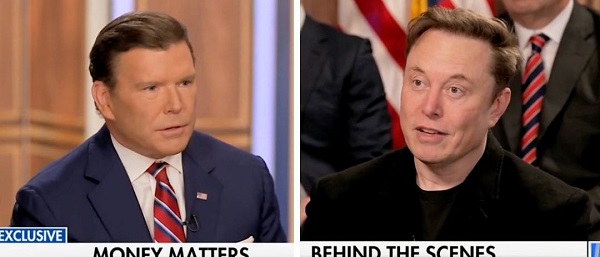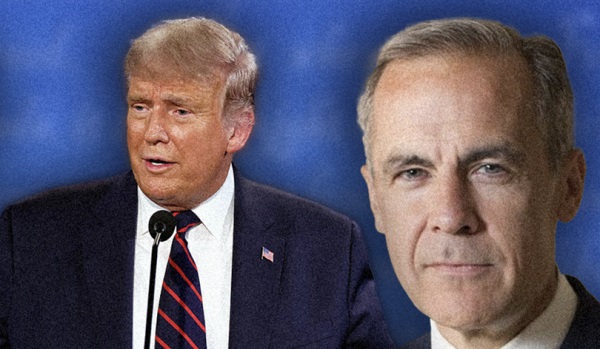Business
INDIGENOUS PARTICIPATION IS IMPORTANT TO THE CANADIAN WIND ENERGY INDUSTRY, WITH OVER 35 COMMUNITIES ALREADY BENEFITTING FROM WIND PROJECTS

INDIGENOUS PARTICIPATION IS IMPORTANT TO THE CANADIAN WIND ENERGY INDUSTRY, WITH OVER 35 COMMUNITIES ALREADY BENEFITTING FROM WIND PROJECTS

This article was written in 2019, prior to the July 1, 2020, creation of the Canadian Renewable Energy Association, which joined CanWEA with the Canadian Solar Industries Association.
Canada’s wind energy industry has been involved with and benefited over 35 Indigenous communities in the country. As the voice of the industry, the Canadian Wind Energy Association (CanWEA) has been a supporter of Indigenous participation in Canadian wind projects. One of the ways that CanWEA has been active is by being a “Clean Energy Collaborator” with the innovative 20/20 Catalysts Program, which supports clean energy development in Indigenous communities. An example of this collaboration has included working with Catalysts like Chantelle Cardinal (2018 cohort) on convening Indigenous leaders at CanWEA events to enable meaningful discussions about the obstacles and opportunities for Indigenous involvement in wind energy projects. This collaboration is important, since “many of Alberta’s Indigenous communities are focused on opportunities to participate in the clean energy development occurring in their Traditional Territory and to creating opportunity on Reserve and on Settlement lands,” as Ms. Cardinal told CanWEA’s 2019 Spring Forum in Banff, Alberta. In recognition of the effectiveness of the 20/20 Catalysts Program, CanWEA honoured the program with its 2018 Group Leadership Award, which recognizes visionary leaders and clean energy pioneers for their outstanding contribution to the Canadian wind industry.
Canada’s wind energy industry has been involved with and benefited over 35 Indigenous communities in the country.
As the voice of the industry, the Canadian Wind Energy Association (CanWEA) has been a supporter of Indigenous participation in Canadian wind projects. One of the ways that CanWEA has been active is by being a “Clean Energy Collaborator” with the innovative 20/20 Catalysts Program, which supports clean energy development in Indigenous communities.
Chantelle Cardinal, a Saddle Lake Band member from Whitefish Lake #128 and a Catalyst from the 2018 cohort, is one of the Catalysts with whom CanWEA has been working on convening Indigenous leaders at CanWEA events to enable meaningful discussions about the obstacles and opportunities for Indigenous involvement in wind energy projects in Alberta. She has been working with First Nations in Alberta for over 14 years and is currently the Director of Business Development & Environment for the G4 (Stoney Nakoda-Tsuut’ina Tribal Council).
Effective Indigenous and public engagement are cornerstones for successful wind energy development. CanWEA has developed Best Practices for Indigenous and Public Engagement to help industry members consult, engage and communicate on wind energy developments.
“Many of Alberta’s Indigenous communities are focused on opportunities to participate in the clean energy development occurring in their Traditional Territory and to creating opportunity on Reserve and on Settlement lands,” Ms. Cardinal told CanWEA’s 2019 Spring Forum in Banff, Alberta. “Wind energy projects across Canada have demonstrated exemplary, mutually-beneficial partnerships with Indigenous peoples. From community involvement and investment, to contracts and long-term employment, these partnerships are blazing a new trail for how to facilitate collaborative Indigenous engagement and access this country’s vast renewable resources.”
At the Spring Forum, she led an Indigenous panel discussion on the strengths, benefits and lessons from Indigenous participation in wind energy developments. A key point was that clean energy projects can contribute to energy and economic sovereignty for Indigenous communities.
In recognition of its successes, CanWEA awarded the 20/20 Catalysts Program with its 2018 Group Leadership Award, which recognizes visionary leaders and clean energy pioneers for their outstanding contribution to the Canadian wind industry. (This story was written in 2019, prior to the creation of Canadian Renewable Energy Association).
Thanks to Todayville for helping us bring our members’ stories of collaboration and innovation to the public.
Click to read a foreward from JP Gladu, Chief Development and Relations Officer, Steel River Group; Former President and CEO, Canadian Council for Aboriginal Business.

JP Gladu, Chief Development and Relations Officer, Steel River Group; Former President & CEO, Canadian Council for Aboriginal Business
Click to read comments about this series from Jacob Irving, President of the Energy Council of Canada.

Jacob Irving, President of Energy Council of Canada
The Canadian Energy Compendium is an annual initiative by the Energy Council of Canada to provide an opportunity for cross-sectoral collaboration and discussion on current topics in Canada’s energy sector. The 2020 Canadian Energy Compendium: Innovations in Energy Efficiency is due to be released November 2020.
Click below to read more stories from Energy Council of Canada’s Compendium series.
INDUSTRY-INDIGENOUS RELATIONS: A TREND TOWARD DEEPER ENGAGEMENT
2025 Federal Election
Alcohol tax and MP pay hike tomorrow (April 1)
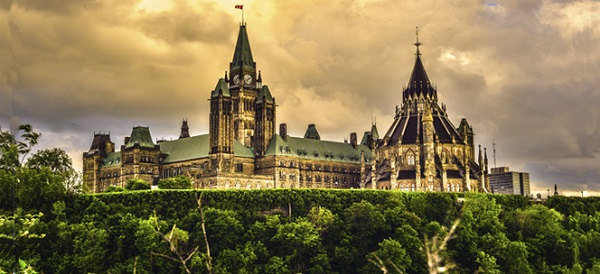
The Canadian Taxpayers Federation is calling on all party leaders to stop a pair of bad policies that are scheduled to happen automatically on April 1: pay raises for members Parliament and another alcohol tax increase.
“Party leaders owe taxpayers answers to these two questions: Why do you think you deserve a pay raise and why should Canadians pay higher taxes on beer and wine?” said Franco Terrazzano, CTF Federal Director. “Politicians don’t deserve a raise while millions of Canadians are struggling.
“And the last thing Canadians need is another tax hike when they pour a cold one or uncork a bottle with that special someone.”
MPs give themselves pay raises each year on April 1, based on the average annual increase in union contracts with corporations with 500 or more employees.
The CTF estimates tomorrow’s pay raise will amount to an extra $6,200 for backbench MPs, $9,200 for ministers and $12,400 for the prime minister, based on contract data published by the federal government.
After tomorrow’s pay raise, backbench MPs will receive a $209,300 annual salary, according to CTF estimates. A minister will collect $309,100 and the prime minister will take home $418,600.
Meanwhile, the alcohol escalator automatically increases excise taxes on beer, wine and spirits every year on April 1, without a vote in Parliament. Alcohol taxes will increase by two per cent tomorrow, costing taxpayers about $40 million this year, according to Beer Canada estimates.
The alcohol escalator tax has cost taxpayers more than $900 million since it was imposed in 2017, according to Beer Canada estimates.
“Politicians are padding their pockets on the same day they’re raising beer taxes and that’s wrong,” Terrazzano said. “If party leaders want to prove they care about taxpayers, they should stop the MP pay raises.
“And if party leaders care about giving Canadian brewers, distillers and wineries a fighting chance against tariffs, it’s time to stop hitting them with alcohol tax hikes year after year.”
The CTF released Leger polling showing 79 per cent of Canadians oppose tomorrow’s MP pay raise.
2025 Federal Election
Poilievre To Create ‘Canada First’ National Energy Corridor
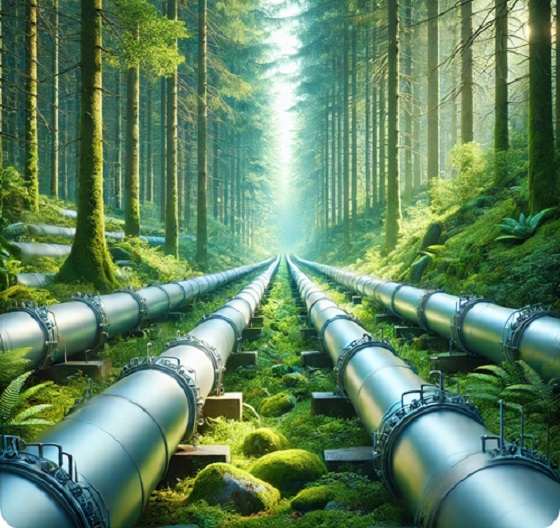
From Conservative Party Communications
Poilievre will create the ‘Canada First’ National Energy Corridor to rapidly approve & build the infrastructure we need to end our energy dependence on America so we can stand up to Trump from a position of strength.
Conservative Leader Pierre Poilievre announced today he will create a ‘Canada First’ National Energy Corridor to fast-track approvals for transmission lines, railways, pipelines, and other critical infrastructure across Canada in a pre-approved transport corridor entirely within Canada, transporting our resources within Canada and to the world while bypassing the United States. It will bring billions of dollars of new investment into Canada’s economy, create powerful paycheques for Canadian workers, and restore our economic independence.
“After the Lost Liberal decade, Canada is poorer, weaker, and more dependent on the United States than ever before,” said Poilievre. “My ‘Canada First National Energy Corridor’ will enable us to quickly build the infrastructure we need to strengthen our country so we can stand on our own two feet and stand up to the Americans.”
In the corridor, all levels of government will provide legally binding commitments to approve projects. This means investors will no longer face the endless regulatory limbo that has made Canadians poorer. First Nations will be involved from the outset, ensuring that economic benefits flow directly to them and that their approval is secured before any money is spent.
Between 2015 and 2020, Canada cancelled 16 major energy projects, resulting in a $176 billion hit to our economy. The Liberals killed the Energy East pipeline and passed Bill C-69, the “No-New-Pipelines” law, which makes it all but impossible to build the pipelines and energy infrastructure we need to strengthen the Canadian economy. And now, the PBO projects that the ‘Carney cap’ on Canadian energy will reduce oil and gas production by nearly 5%, slash GDP by $20.5 billion annually, and eliminate 54,400 full-time jobs by 2032. An average mine opening lead time is now nearly 18 years—23% longer than Australia and 38% longer than the US. As a result of the Lost Liberal Decade, Canada now ranks 23rd in the World Bank’s Ease of Doing Business Index for 2024, a seven-place drop since 2015.
“In 2024, Canada exported 98% of its crude oil to the United States. This leaves us too dependent on the Americans,” said Poilievre. “Our Canada First National Energy Corridor will get us out from under America’s thumb and enable us to build the infrastructure we need to sell our natural resources to new markets, bring home jobs and dollars, and make us sovereign and self-reliant to stand up to Trump from a position of strength.”
Mark Carney’s economic advice to Justin Trudeau made Canada weaker while he and his rich friends made out like bandits. While he advised Trudeau to cancel Canadian energy projects, his own company spent billions on pipelines in South America and the Middle East. And unlike our competitors Australia and America, which work with builders to get projects approved, Mark Carney and Steven Guilbeault’s radical “keep-it-in-the-ground” ideology has blocked development, killed jobs, and left Canada dependent on foreign imports.
“The choice is clear: a fourth Liberal term that will keep our resources in the ground and keep us weak and vulnerable to Trump’s threats, or a strong new Conservative government that will approve projects, build an economic fortress, bring jobs and dollars home, and put Canada First—For a Change.”
-

 Uncategorized24 hours ago
Uncategorized24 hours agoPoilievre on 2025 Election Interference – Carney sill hasn’t fired Liberal MP in Chinese election interference scandal
-

 Business1 day ago
Business1 day agoCuba has lost 24% of it’s population to emigration in the last 4 years
-

 2025 Federal Election1 day ago
2025 Federal Election1 day ago2025 Election Interference – CCP Bounty on Conservative Candidate – Carney Says Nothing
-

 2025 Federal Election11 hours ago
2025 Federal Election11 hours agoChinese Election Interference – NDP reaction to bounty on Conservative candidate
-
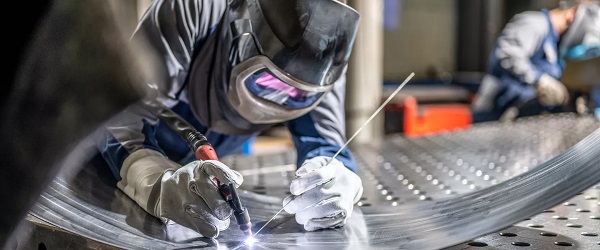
 Business2 days ago
Business2 days agoTariff-driven increase of U.S. manufacturing investment would face dearth of workers
-
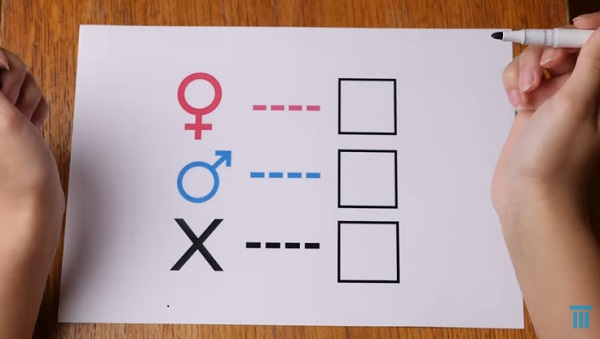
 Aristotle Foundation1 day ago
Aristotle Foundation1 day agoCanada has the world’s MOST relaxed gender policy for minors
-

 2025 Federal Election1 day ago
2025 Federal Election1 day ago2025 Federal Election Interference from China! Carney Pressed to Remove Liberal MP Over CCP Bounty Remark
-
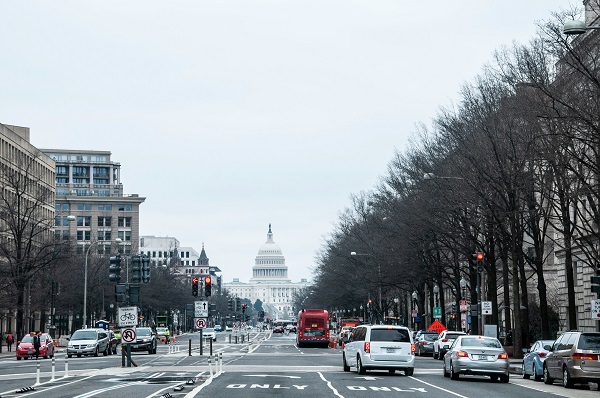
 International1 day ago
International1 day agoTrump signs executive order to make Washington D.C. “safe and beautiful”



